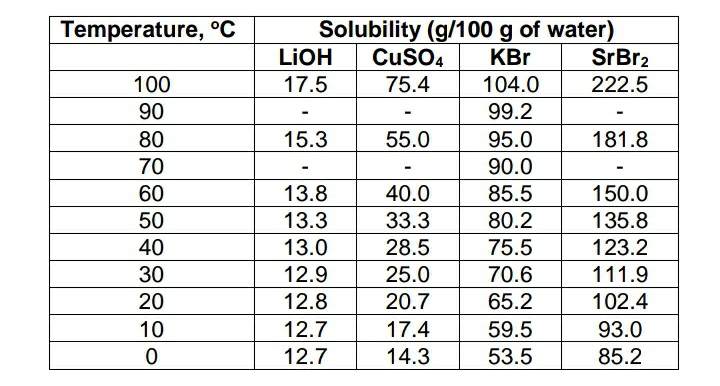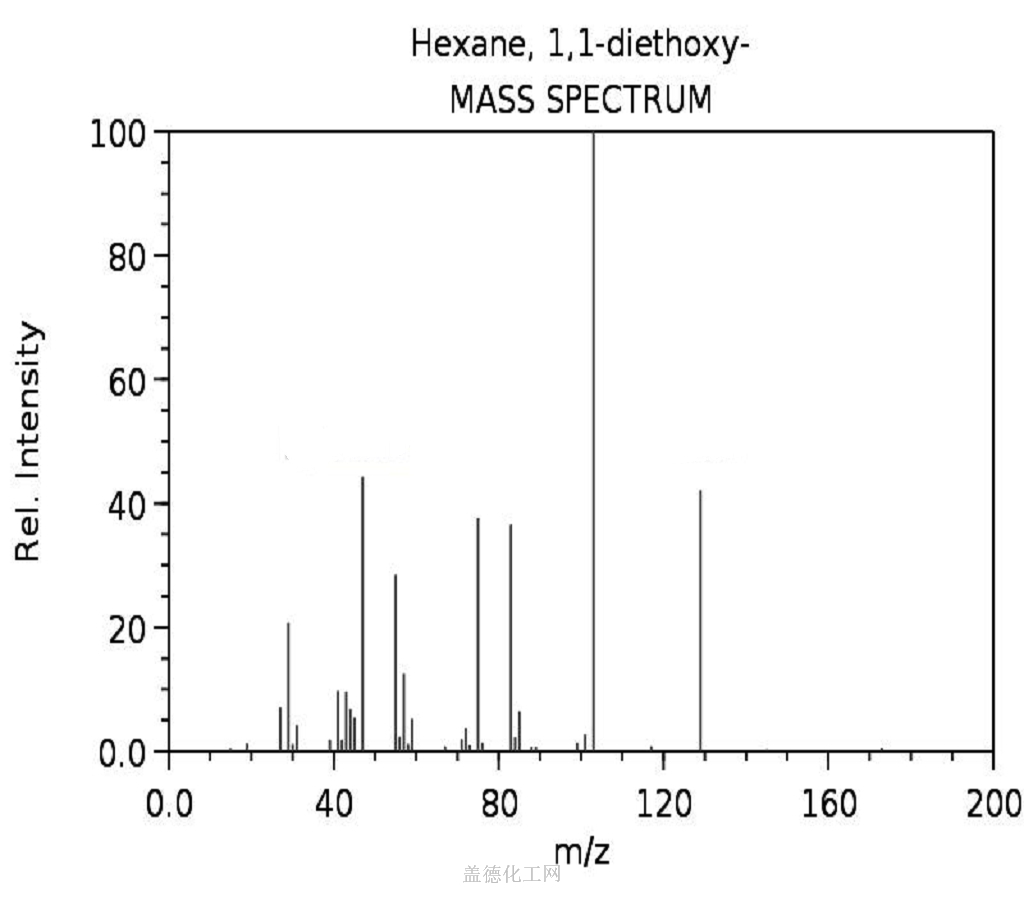
If it is 2500-1000 ppm for 12 hours, it can produce fatigue, appetite loss, drowsiness, paresthesia in the distal extremities. Inhaling n-hexane or hexane n at 5000 ppm for just 10 minutes produces marked vertigo. This can result in a solid compound being obtained as an oil, and the alkanes may interfere with the analysis. In the case of preparative chromatography, the large volume of hexane concentration can result in a sample, which is appreciably contaminated by alkanes. Higher alkanes exist as impurities in hexanes that contain the same retention times as that of solvent, which means that the fractions containing hexane also contain these impurities. In general, hexanes are used as a non-polar solvent in chromatography. As an example, typically, butyllithiums are supplied as a hexane solution. Since the hexane solvent or hexane compound cannot be easily deprotonated, it can be used in the laboratory for reactions, involving the stronger bases, like the organolithiums preparation. One of the typical laboratory hexanes used is to extract grease and oil contaminants from water and soil for analysis. Commonly, in the United States, they are used in food-based soybean oil extraction, and also they are potentially present as contaminants in all those soy food products where the technique can be used the lack of regulation by the FDA (Food and Drug Administration, the USA) of this contaminant is some controversy matter. They can also be used to extract cooking oils (like soy oil or canola oil) from seeds, for degreasing and cleaning a variety of items, and in the manufacturing of textiles. Industrially, hexanes can be used in the formulation of glues for shoes, roofing, and leather products.

The industrial product (in general, around 50% by straight-chain isomer weight) is given as the fraction boiling at 65-70 ☌ (149-158 ☏). This fraction's exact composition largely depends on the oil source (reformed or crude) and the refining constraints. Hexanes are obtained chiefly by crude oil refining. The structure of Hexane can be represented as follows. Hexane, being the higher hydrocarbon, undergoes thermal cracking produces more than one hydrocarbon.Ĭ 6 H 14 (by thermal cracking) → C 4 H 10 (called butane) + C 2 H 4 (called ethene) Hexane compound undergoes a combustion reaction readily to produce water and carbon dioxide molecules. The physical properties of Hexane - C 6 H 14 are as follows. The other names of hexane can be given as 1-Hexanol, Amyl Carbinol, 1-Hydroxyhexane, and Hexyl alcohol. Hexane is one of the cheaper compounds and is often used in large-scale operations without requiring a single isomer (a cleaning solvent or for chromatography, as an example). At times, it refers to a mixture, which is composed largely (> 60%) of hexane, with differential amounts of the isomeric compounds: 2-methyl pentane, 3-methyl pentane, and, possibly, the smaller amounts of non-isomeric C 5, C 6, C 7 alkanes (cyclo).

Hexane is a significant gasoline constituent. It can be used widely as a relatively safe, largely unreactive, cheap, and easily evaporated non-polar solvent. It is an odorless and colorless liquid, when pure, and it has a boiling point of approximately 69 ☌ (156 ☏). Hexane is an organic compound, a straight-chain alkane with six carbon atoms with the molecular formula C 6 H 14.


 0 kommentar(er)
0 kommentar(er)
